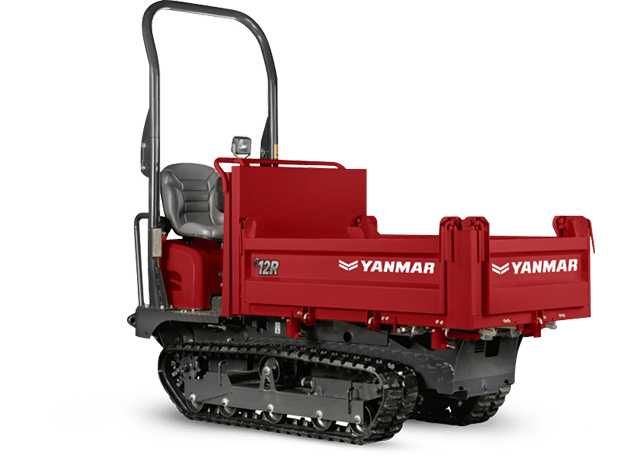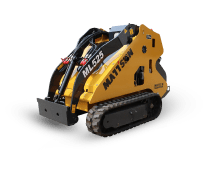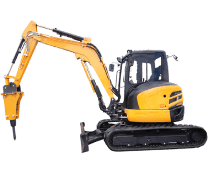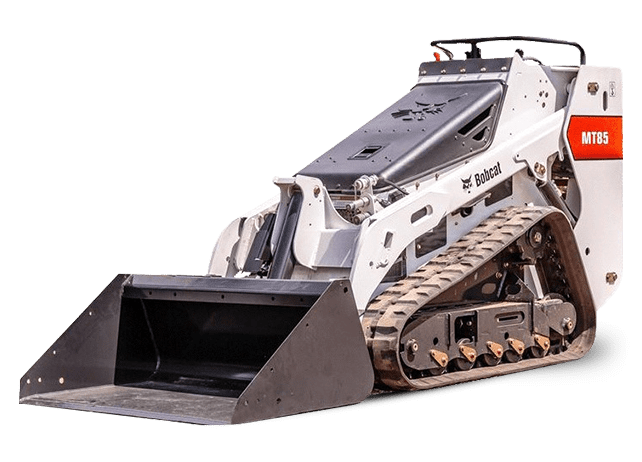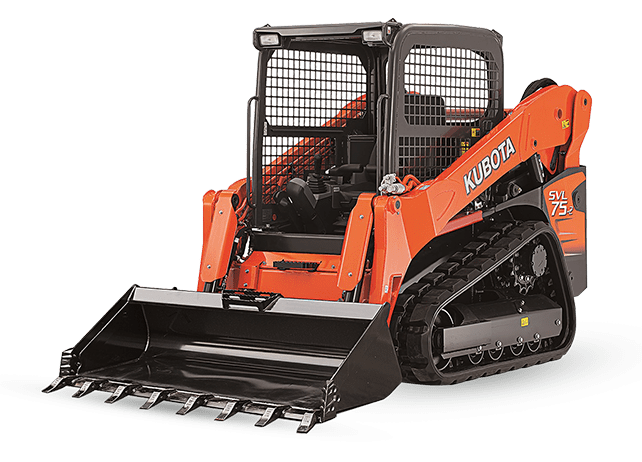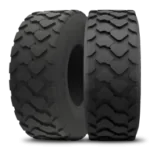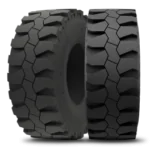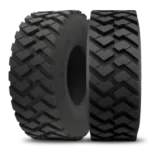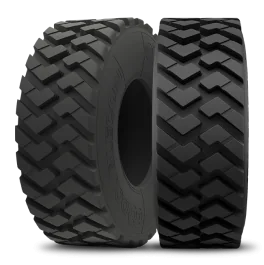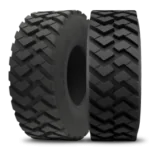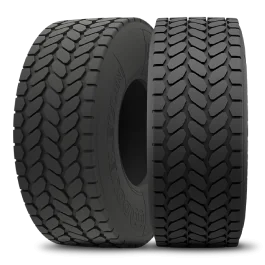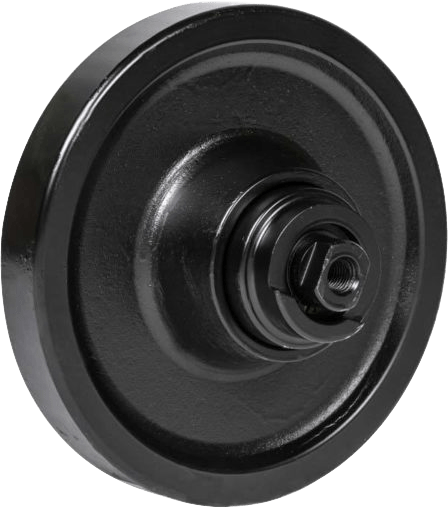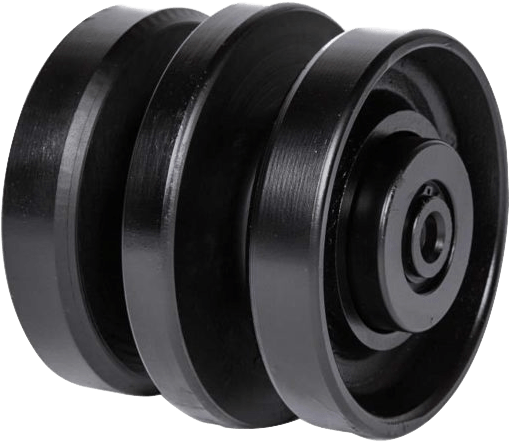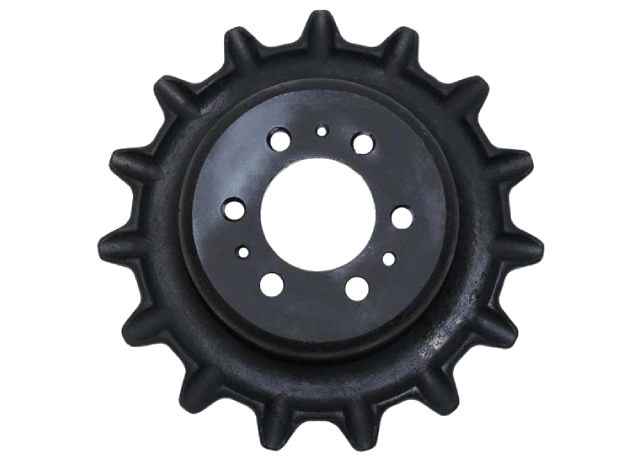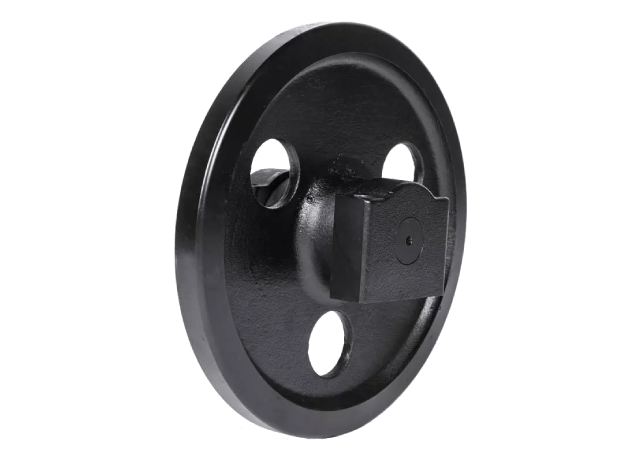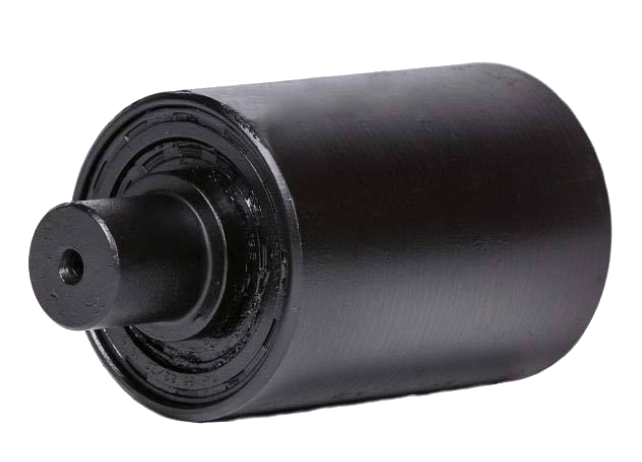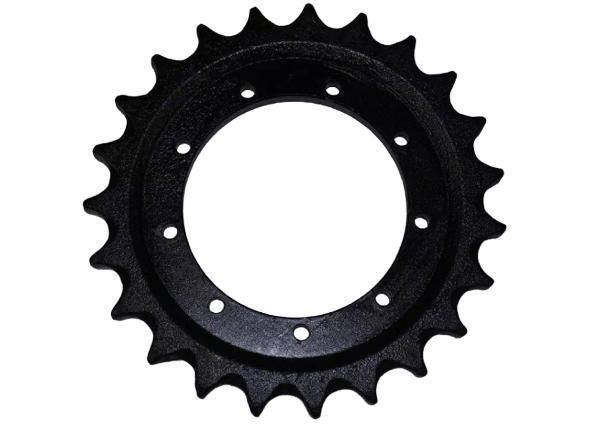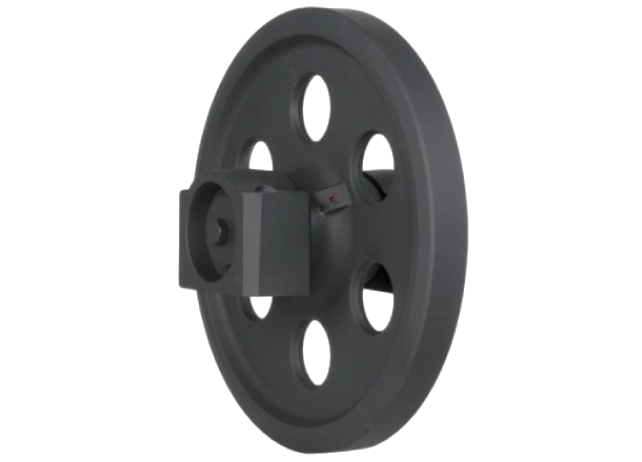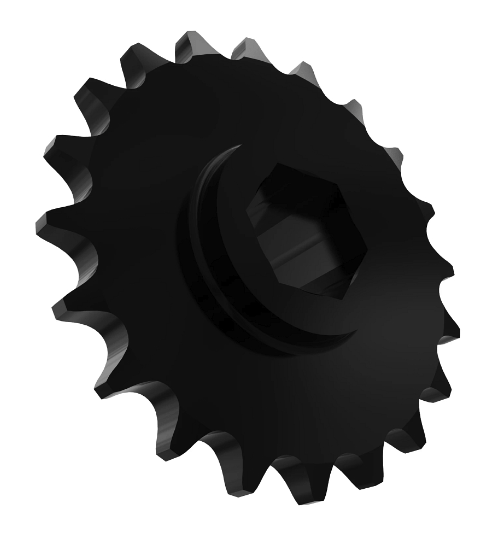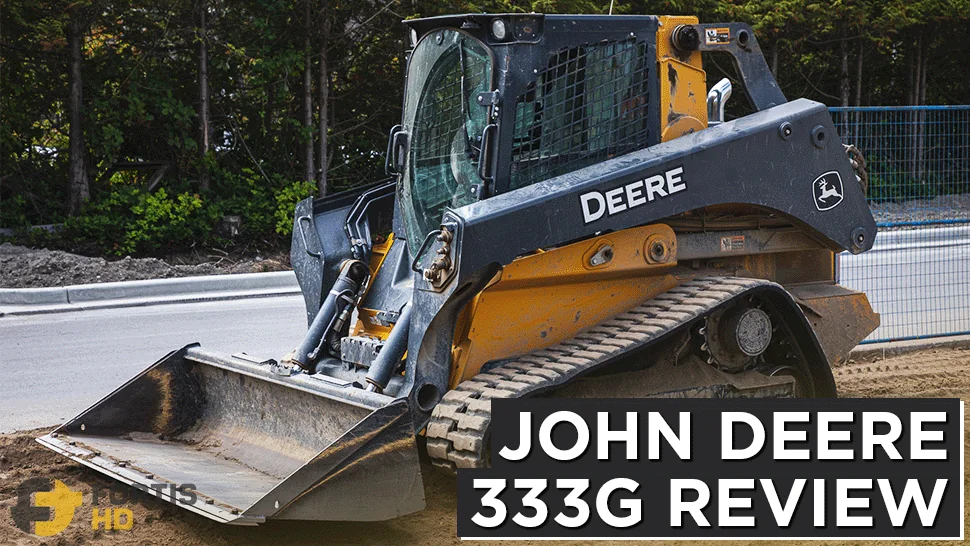With impressive hydraulic power, smart tech, and huge attachment diversity, the John Deere 333G is one of the US’s most popular compact track loaders. It competes for the #1 spot against the Kubota SVL97-2 and the Cat 259D3.
In this unbiased post, we’ll break down the pros (like its massive strength), cons (such as its fire issues), and enhanced features of this large-frame CTL.
Table of Content
A Fine-Tuned Mix of Power, Comfort, and Safety

The first thing we want to highlight about the John Deere 333G is its lifting capacity, one of the highest in the industry for a 100 HP compact track loader, even while idle.
Several videos on the web prove this. We’ll delve deep into this topic when comparing the 333G with similar compact track loaders and share a link showing a ROC showcase with you.
The spacious and pressurized cab is easy and safe to access thanks to its multiple steps and outer and inner handles, which provide several spots for a three-point contact.
The 333G has recessed LED lights (for damage protection) on the front, around the sides (optional), and behind its cab for efficiency and safety while working at night.
Inside the cab, you’ll find several high-visibility safety features. There are front handles and a rear tag that quickly pops out the door or the back window to use as an emergency exit.
Also, the 333G has a three-point seat belt visible from the outside, which is ideal for those working on sites with strict safety regulations. If you lean forward while operating a CTL, the three-point seat belt will help you keep your back straight.
Other safety features worth mentioning are ones related to the 333G arms.
When servicing the machine, you can use a lever at the back of the cab to lock the arms before getting out, which is much safer than doing it outside with the arms suspended in the air.
If your 333G turns off with the arms up, there’s a panel in the cab floor with a valve that you can open to lower the booms so you can exit the cab—like most compact track loaders with a swing door, you can’t open it with the bucket up.
The John Deere 333G seat, HVAC, switch layout, and controls contribute to the operator’s comfort.

The 333G has a heated and air-ride seat, HVAC vents all around the operator, switches, screens, and the radio on the front pillars for easy access (not scattered around the cab), and smooth and intuitive controls—even for an EH (electric-hydraulics) compact track loader.
You can customize the joystick sensitivity according to tasks and change the pattern between ISO and standard H to match operator preference. The switchable controls are part of what John Deere calls its EH performance package—not to be confused with the EH boom performance package, which shortens cycle times and speeds production in repetitive boom applications.
The cab has excellent visibility overall, especially out of the front. Although the visibility on the back is one of the best among CTLs, you can improve it by opting for a rear-view camera with a dedicated screen. The backup camera guard is in an awkward position, though, and you can easily bend it when backing up near a tree.
Regarding serviceability, the grease points are easy to find (except for a sneaky one at the back of the lift arms), and the engine oil, hydraulic oil, and fuel color-coded fill ports are all in the rear compartment for quick access and identification. One detail we found weird was the location of the hydraulic oil sight glass. It’s behind the right lift arm—tough to spot.

The DEF compartment is also at the rear of the 333G. For extra safety, you can lock the rear and DEF compartment doors.
The John Deere 333G compact track loader has a single set of standard and high-flow couplers inside the left boom, protected against damage during tasks like forestry or mulching. A single set of couplers requires less maintenance than two sets of different diameters.
The optimized lifting points (tie-down points) are another safety feature to highlight on the 333G. John Deere added tie-downs matching those on the outer side to make transportation easier. You won’t have to fish chains through holes or put them onto handles.
The Cons of the 333G Compact Track Loader

The 333G is known for having fire hazard issues, especially for those working in forestry mulching tasks. The problem arises from a combination of design, lack of maintenance, and the harsh conditions of mulching and forestry jobs.
The 333G compact track loader’s booms and roller guards are angled (beveled) to help material fall. Nevertheless, both areas catch too much dirt, mud, and debris.
The base of the loader arms behaves like a cup, while the proximity of the tracks to the machine’s frame plus a shield above the final hydraulic hoses lead to building up material.
Dirt and debris from the undercarriage will quickly pack up in the 333G belly unless you often clean it, which is a bit hard due to the low ground clearance and the small size of the floor pans and drain ports.
The engine compartment also suffers from dirt and debris buildup. Everything is very crowded and extremely tight. Granted, it makes the machine skinnier and more compact than other brands, but it surely is also one of the reasons for the overheating and fire issues.
The area around the DEF is difficult to reach and clean. You’ll need a compressor with a long nose to clean the tight areas. To compensate for the lack of space, the 333G has removable metal side panels to help you clean the engine compartment.
Most users also attribute the overheating problems of the 333G to its standard 1/2’’ hydraulic fittings. At Fortis, we don’t know the engineering reasons for choosing that size. Still, hydraulic principles show us that reducing the section of a hydraulic system causes turbulence and an increase in the fluid velocity.
Both turbulence and velocity increase energy losses due to friction—heat generation—and affect the pressure drop and efficiency of the system.
You can opt for an OEM 3/4’’ fittings set or even bigger, like the 1’’ offered by Stucci, which guarantees increased flow and efficiency by decreasing the pressure drop.
Of course, it would be unfair to blame the machine for everything. As Kn1ghtWolf and YellowHammer say—members of the Heavy Equipment and Forestry forums—relentless forestry and mulching tasks are hard on compact track loaders, especially on 90-100+ degree days and without a frequent maintenance and cleaning routine.
There’s also room for improvement in the cab. First, the speakers are behind the roof panel, which mutes them. Second, the screen showing the trouble codes is kind of small. Third, when mulching, the HVAC components get clogged up too much.
Specifications of the John Deere 333G
The John Deere 333Gg isn’t only about raw power. It also relies on smart tech features and an ever-expanding lineup of attachments to boost efficiency.
Dimensions

Image source: www.johndeere.com
| Model in (mm) | John Deere 333G | |
|---|---|---|
| A | Length Without Bucket | 122 (3,100) |
| B | Length With Foundry Bucket * | 146 (3,710) |
| C | Width Without Bucket and 400 mm tracks | 78.9 (2,000) |
| Width Without Bucket and 450 mm tracks | 80.7 (2,005) | |
| D | Height to Top of ROPS | 86.7 (2,200) |
| E | Height to Hinge Pin | 132 (3,350) |
| F | Dump Height With Foundry Bucket * | 106.1 (2,690) |
| G | Dump Reach with Foundry Bucket * | 28 (710) |
| Dump Reach With Construction Bucket (no edge) | 34.6 (880) | |
| H | Ground Clearance | 9.4 (240) |
| I | Angle of Departure (degree) | 31 |
| J | Front Turn Radius With Foundry Bucket | 85.7 (2,180) |
| K | Dump Angle (full lift height) (degree) | 48 |
| L | Bucket Rollback (ground level) (degree) | 35 |
* Foundry buckets are shorter from the bucket heel to the cutting edge, providing maximum breakout force for difficult digging conditions. They are often used to loosen compacted soil.
Mechanical and Hydraulic Specifications
| Model | John Deere 333G | ||
|---|---|---|---|
| Engine | Model | Yanmar 4TNV94FHT | |
| Gross output - HP (kW)/rpm | 100 (74.6) | ||
| ROC (-35% tipping load) - lbs (kg) | 3,700 (1,680) | ||
| Tipping load - lbs (kg) | 10,570 (4,799) | ||
| Boom Breakout force with Foundry Bucket - lbf (kg) | 8,250 (3,746) | Boom Breakout force with Construction Bucket - lbf (kg | 7,750 (3,519) |
| Lift arm path | Vertical | ||
| Undercarriage | Track width | Optional - in (mm) | 15.8 (400) |
| Std. - in (mm) | 17.7 (450) | ||
| Track rollers (per side) | 5 | ||
| Travel speed | Low - mph (km/h) | 5.3 (8.5) | High - mph (km/h) | 7.8 (12.6) |
| Min. ground clearance - in (mm) | 9.4 (240) | ||
| Hydraulic System | Aux. hydraulic flow | Std. - gpm ( l/min) | 25 (95) |
| High - gpm ( l/min) | 41.1 (156) | ||
| Aux. hydraulic pressure - psi (kgf/cm2) | 3,450 (242.56) | ||
| Operating weight with standard 450 mm tracks - lbs (kg) | 12,100 (5,493) | ||
Fortis HD has the replacement parts for your John Deere equipment at a fraction of the OEM cost.
We offer premium sprockets, idlers, and rollers that can be installed onto John Deere construction equipment so that you can get back to work.
Features

The 333G compact track loader features a wide range of hydraulic and non-hydraulic attachments, and John Deere is constantly innovating to expand its line-up. Here, you can find detailed information about the 100+ models of John Deere attachments, including augers, forks, trenchers, etc.
The software engineers at John Deere have developed smart techs for the 333G, such as creep mode, smatgrade, dozer mode, and hydraulic self-level option (only while raising the bucket), to avoid learning many bottom combinations. Just get in the machine and run it. Here’s a brief breakdown of each feature:
- Creep mode lets you minimize the travel speed while revving the machine to full hydraulic function.
- Smartgrade helps you complete grading tasks with fewer passes. It’s available in 2D and 3D. The difference is the information fed on the display and how the operator can interpret it. 2D only gives you the basic line work, while the 3D mode uses more intricate line works to make a 3D model.
- Dozer mode enables the EH (electric-hydraulics) joystick control system to function like a crawler dozer with the push of a button.
Comparable Machines to the 333G

| Hydraulic Flow (gpm) |
Travel Speed (mph) |
||||||
|---|---|---|---|---|---|---|---|
| Model | Engine Gross Power (HP) |
ROC 35% (lb) |
Arm Breakout Force (lb) |
Std. | High | Low | High |
| John Deere 333G | 100 | 3,700 | 7,750 | 25 | 41.1 | 5.3 | 7.8 |
| Cat 299D3 | 98 | 3,480 | 6,162 | 23 | 32 | 5.2 | 8.4 |
| Kubota SVL97-2 | 96.4 | 3,200 | 6,742 | 23.1 | 40 | 5.0 | 7.3 |
| Bobcat T770 | 100 | 3,475 | 6,494 | 23 | 36.6 | 6.6 | 10.7 |
| ASV RT135 | 132 | 3,500 | - | 20 | 49.93 | 6.03 | 9.94 |
Let’s first focus on what John Deere fans and sponsors are probably most proud of: the 333G’s lifting capacity.
Although most competitors have the same or even more horsepower, the 333G compact track loader excels in ROC. Many people claim it has something to do with the hydraulic system relief. At Fortis, we believe it also has to do with a simple and clever mechanics design.
Take a look at the following pictures. The blue arrow represents the force of the boom cylinder, and the red ones represent the boom cylinder’s decomposed forces. Whenever you apply an angled force over an object, it’ll ‘’divide’’ on two perpendicular forces of lesser magnitude.


In the case of the boom cylinders on the Kubota SVL97-2, Cat 259D3, and Bobcat T770, the vertical decomposed force efficiently rotates the boom around the pivot point to lift the bucket. In contrast, the contribution of the horizontal decomposed force is extremely low, especially when the arms are in their lowest position.
In contrast, the John Deere 333 G’s double pivot points allow it to use both decomposed forces efficiently to rotate the boom arms and lift the bucket.
Pay attention to the red-shaded bars in the 333G picture above. While the vertical decomposed force pushes against the bar at the boom’s base, the horizontal decomposed force pushes against the L-shaped bar from the cab.
The L-shaped bar is why the 333 G’s boom cylinders aim at the rear of the machine rather than toward the cab, like most competitor models.
The above explains why, in this video, the Kubota SVL95-2 and the Cat 259D2 struggle to lift a 6,740-lb object. Although the Bobcat T770 could initially keep up with the 333G, it couldn’t lift the Jersey barrier.
However, the 333 G’s higher tipping load is a double-edged sword. After many hours of lifting heavy materials, the boom will wear more than other machines.
In addition to the ROC, let’s compare the door, the undercarriage, the rear visibility, and the machine controllers with similar track loaders.
You can lift the bucket 16’’ off the ground and still open the door, unlike the Cat 259D3 or the ASV RT130. Kubota, however, has a roll-up door that you can open regardless of the bucket’s position.
The 333G has a bolted-on undercarriage, which makes it easier to service and maintain in the case of issues. The Kubota SVL97-2 and Bobcat T770 have welded undercarriages for extended durability. The 333G bolted-on design allows you to opt for a suspended undercarriage similar to the one on The Cat 259D3.
The John Deere 333 G’s cab visibility is comparable to the Cat 259D3 but better than the Kubota SVL97-2 and the Bobcat T770. However, the ASV RT130 wins in this category.
Overall, the controls on every machine are good, but we find the adjustable controls of the Cat 259D3 better—you can adjust the position of the joysticks and arm bars independently.
Testimonials
David Holmes, who owns Blue Line Excavating, LLC, and Larry Zenor, the owner of Zenor Electric, share their experience with the 333G compact track loader.
Both highlight the unrivaled lifting capacity, great breakout force, and versatility of the John Deere track loader with its many attachments.
As mentioned, the 333G compact track loader isn’t just raw power. Watch how the guys from Dream Traxx, a company specializing in motocross and supercross tracks, rely on the 333G slope control tech to build the Red Bull Imagination 2.0 course track in Fort Scott, Kansas.
Last Thoughts
The John Deere 333G is stronger than similar compact track loaders, at least in lifting capacity. As you read, fire hazards can be avoided by frequently maintaining and cleaning the machine, especially when working in dusty environments or performing tasks like forestry mulching.
To see what makes the Kubota SVL97-2 and the Cat 259D3 worthy competitors to the John Deere 333G, check our articles:
While you take care of the engine compartment cleanliness, at Fortis, we’ll maintain your undercarriage with the best rubber aftermarket tracks in the industry.
To buy our meticulously crafted rubber tracks to enhance your John Deere 333G’s efficiency, CLICK HERE.

